Council bosses are being asked to consider funding a flood prevention scheme for Perth’s Craigie area from their own budget.
It comes after councillors met on Monday to discuss a £314,000 programme of works for the Craigie Burn.
The waterway has become one of the city’s most notorious flooding blackspots.
Residents have been hit a number of times this year when the burn has burst its banks and mixed with surface water and overspill from drains and sewers.
The plan is to upgrade a culvert at Queen’s Avenue (at the access to Queen’s Court).
Materials will also be removed from the burn at another site, next to Balmoral Place and Queen’s Avenue, so the water can move more freely.
Perth and Kinross Council’s climate change committee met to consider the scheme on Monday.
Members were asked to agree to it being sent to the Scottish Environment Protection Agency (Sepa) for inclusion in its next round of national priorities.
That’s a necessary step if it’s to qualify for Scottish Government funding.
However, the next Sepa plans won’t be published until 2028.
And members agreed that was too long to expect Craigie residents to wait.
So the committee agreed to a suggestion from council leader Grant Laing that officials look for a way to cover the Craigie Burn works from the authority’s own budget.
Flood victims living with fear and distress
Mr Laing said he and his colleagues recognised flooding was an emotive subject in Perth and Kinross at the moment.
And he said funding the project in-house would allow the council to get moving on the works much quicker.
I would like to recommend that we ask officers to investigate the potential for this project to become part of the budget process and to report back to this committee in January,” he said.
“And if there’s a funding solution we can decide to bring this forward more timeously than waiting 10 years.”
Mr Laing’s amendment was approved by councillors.
Committee vice-convener Liz Barrett said members recognised that flood damage was not just a question of loss of property.
She said victims were living with distress and fear and it was important that the council acts where it can.
“I know it is very frustrating for residents that there are such long timescales, and that the council can’t just get on with it,” she said.
“And I know they are disappointed that the approach seems to be piecemeal and the criteria seems to limit the way potential solutions can be found.”
Benefits must outweigh cost of doing nothing
The Craigie Burn flood study was carried out for the council by Amey Consulting engineers.
It considered eight different solutions for separate sections of the burn.
However, in order to be accepted by Sepa – and therefore qualify for Holyrood funding – a project has to be deemed “economically viable”.
That means the cost of building flood defences has to be lower than the cost of dealing with the damage that will occur if nothing is done.
The Queens Avenue/Balmoral Place plan was the only solution which met the criteria.
However, the study also confirmed properties are at risk of flooding in the following areas:
• Cherrybank area – Glasgow Rd, Necessity Brae and Low Road;
• Orchard Place and Murray Crescent;
• Balmoral Place, Queen’s Avenue, Queen Street and Windsor Terrace;
• Croft Park and the South Inch.
It also estimates the number of properties at risk is set to double due to climate change.
Flooding costs not just financial
Janice Haig, of Perth Community Flood Aid, lives in one of the sections where flood defences are not deemed cost-effective.
She said the measures agreed on Wednesday might bring some comfort to residents in the target area.
But she insisted governments needed to consider the bigger picture.
That means taking into account the impact of surface water and overflowing drains and sewers when deciding how funding is allocated – and taking into account the human costs as well as the economic ones.
“Anything that helps to speed up improvements for residents in that small area is very welcome,” she said.
“But burn water, surface water and water from the sewers doesn’t divide itself into sections. It all has to come together at some point. That’s what’s missing here.”
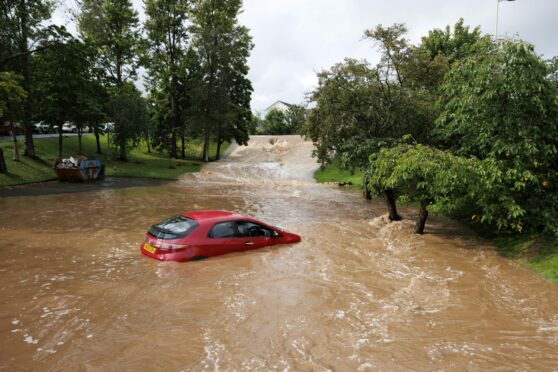
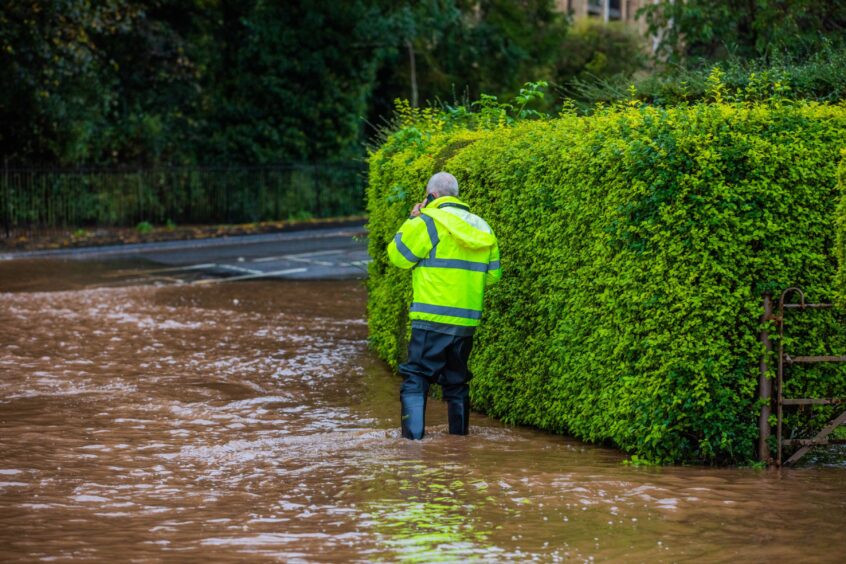
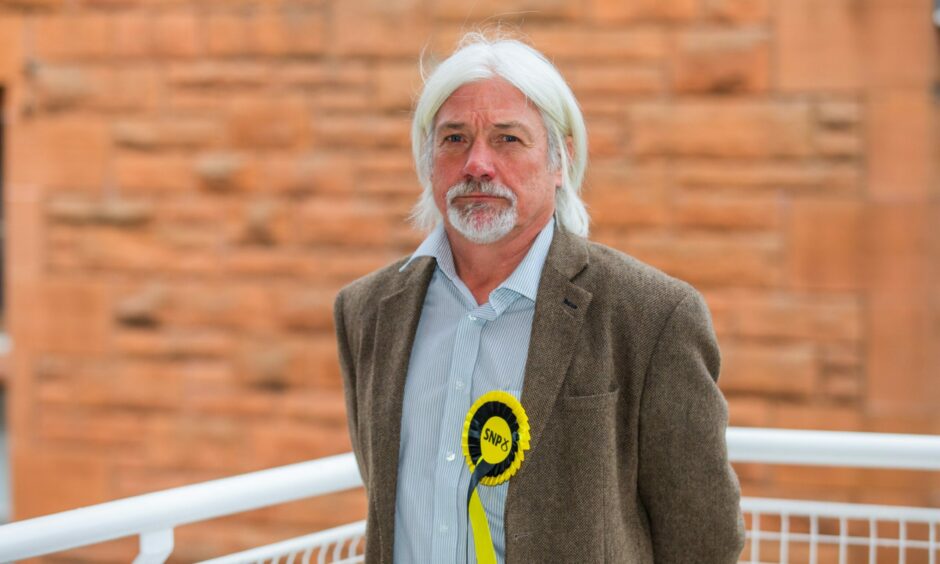
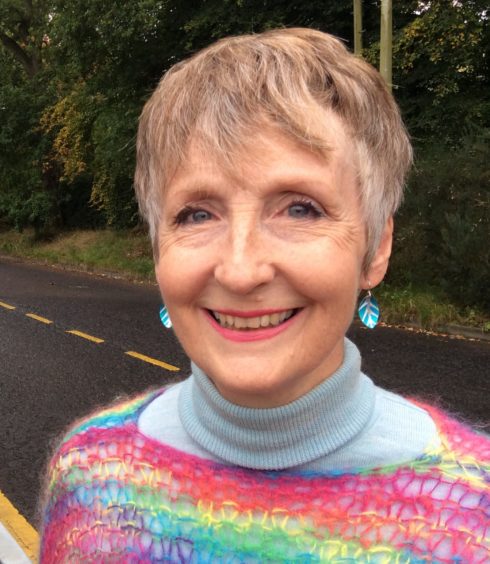
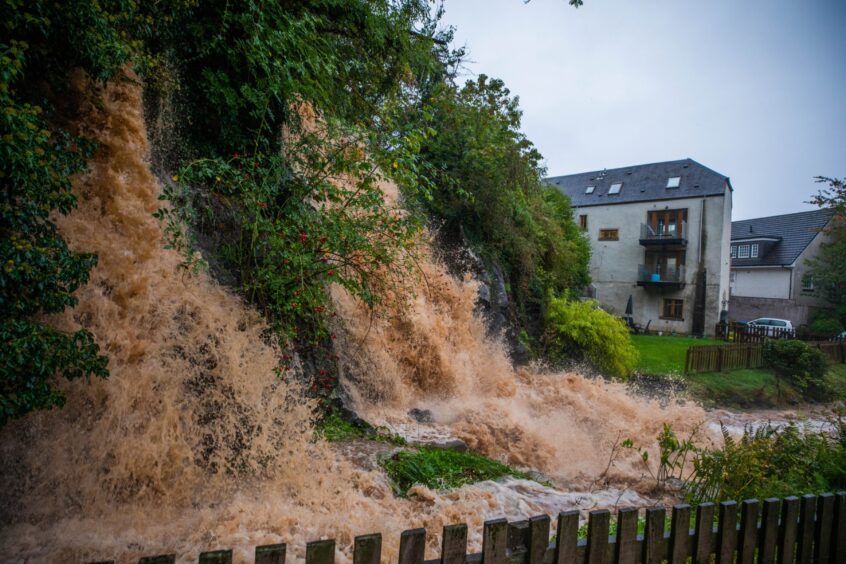
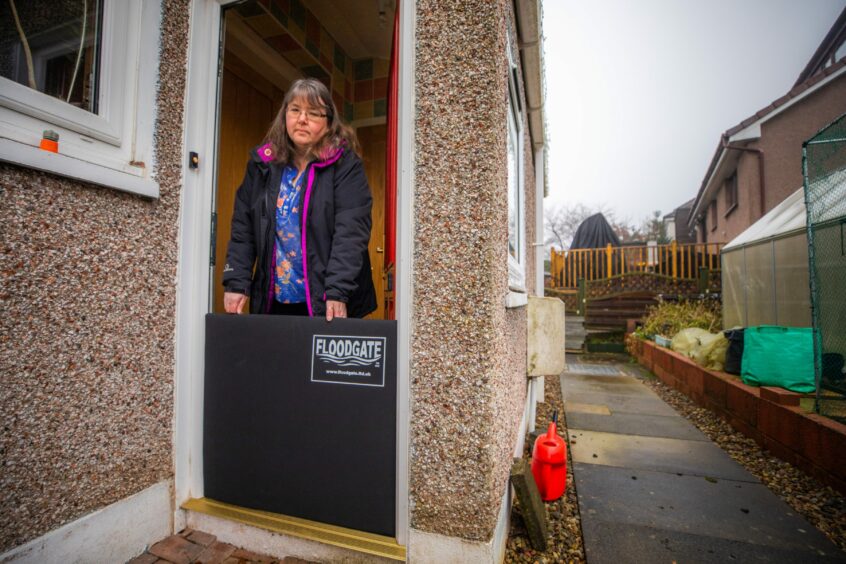


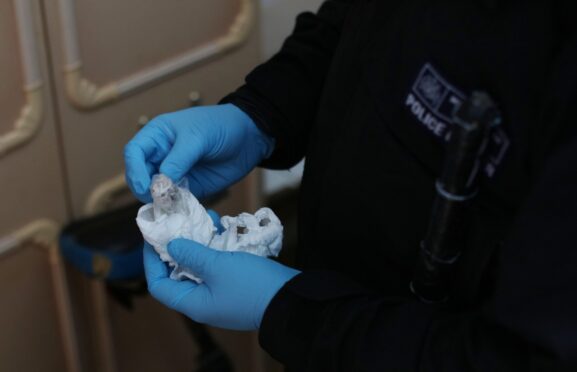

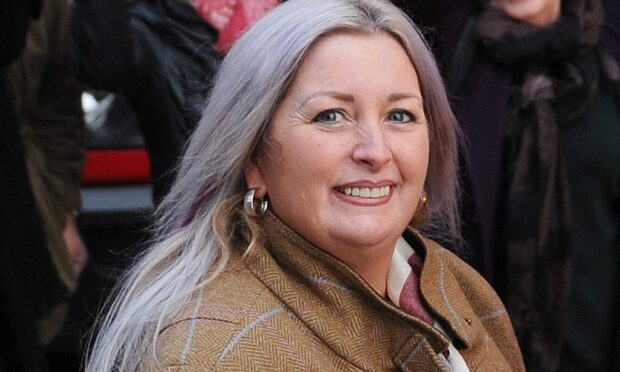



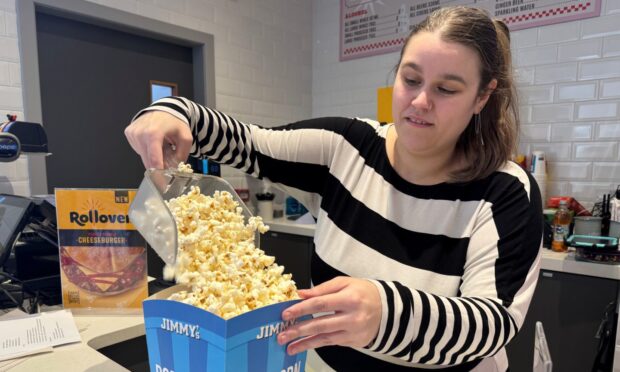

Conversation